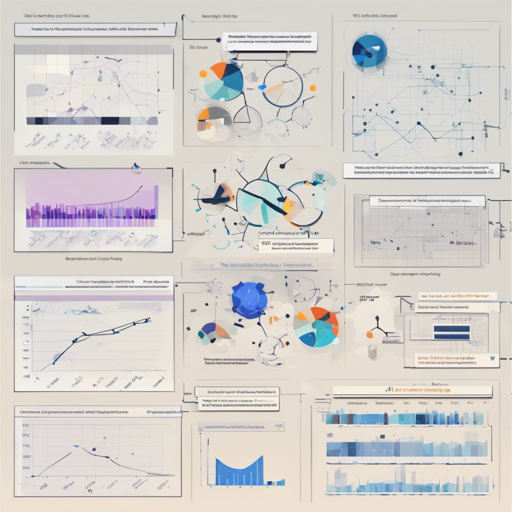Time series forecasting is increasingly vital in numerous real-world applications such as energy management, traffic prediction, economic analysis, weather forecasting, and disease tracking. In this blog, we will explore the Autoformer, a state-of-the-art model that revolutionizes how we conduct long-term forecasting using deep learning.
Understanding the Autoformer
The Autoformer, introduced at NeurIPS 2021, integrates classical time series analysis with modern deep learning architectures. It differs from traditional Transformers by enabling a series-wise connection, significantly enhancing forecasting capabilities.
How Does Autoformer Work?
Think of forecasting as managing a bustling restaurant. Each dish (data point) needs a different ingredient (information) and cooking method (algorithm) to prepare it well. Autoformer acts like a master chef who not only knows the recipes (time series data) but also understands how flavors (patterns) blend together over time, allowing it to prepare dishes that cater to long-term tastes. By utilizing a deep decomposition architecture and series-wise Auto-Correlation mechanisms, it elegantly breaks down complex seasonal and trend data to offer highly accurate forecasts.
How to Get Started with Autoformer
Here’s a step-by-step guide to set up and run the Autoformer model.
1. Installation Requirements
- Ensure you have Python 3.6 and PyTorch 1.9.0 installed on your system.
2. Download the Data
- Access the six benchmarks from Google Drive. All datasets are pre-processed and ready for use!
3. Training the Model
- Locate the experiment scripts in the
scriptsfolder and execute the following commands one by one: -
bash ./scripts/ETT_script/Autoformer_ETTm1.sh bash ./scripts/ECL_script/Autoformer.sh bash ./scripts/Exchange_script/Autoformer.sh bash ./scripts/Traffic_script/Autoformer.sh bash ./scripts/Weather_script/Autoformer.sh bash ./scripts/ILI_script/Autoformer.sh
4. Special Implementations
- Speeding Up Auto-Correlation: The Auto-Correlation mechanism has been optimized like a well-maintained equipment in a kitchen, ensuring that memory access happens efficiently.
- No Need for Position Embedding: Autoformer retains sequential information through its unique series-wise connections, making position embedding unnecessary compared to standard Transformers.
5. Reproducing with Docker
- For seamless results reproduction using Docker, conda, and Make:
- Initialize the docker image:
make init - Download datasets:
make get_dataset - Run scripts one by one:
make run_module module=bash scripts/ETT_script/Autoformer_ETTm1.sh - Run all scripts at once:
for file in ls scripts; do make run_module module=bash scripts$script; done
Main Results
When evaluated against ten baselines, including Informer and N-BEATS, Autoformer achieved remarkable results—a 38% relative improvement in long-term forecasting across six benchmarks.
Troubleshooting
As you embark on your journey with Autoformer, you might encounter a few hiccups along the way. Here are some tips to troubleshoot:
- If the model fails to run, ensure that your dependencies (Python and PyTorch versions) are correctly installed.
- Check data paths carefully; sometimes, minor errors can derail the entire process.
- For more insights, updates, or to collaborate on AI development projects, stay connected with fxis.ai.
Final Thoughts
At fxis.ai, we believe that such advancements are crucial for the future of AI, as they enable more comprehensive and effective solutions. Our team is continually exploring new methodologies to push the envelope in artificial intelligence, ensuring that our clients benefit from the latest technological innovations.

